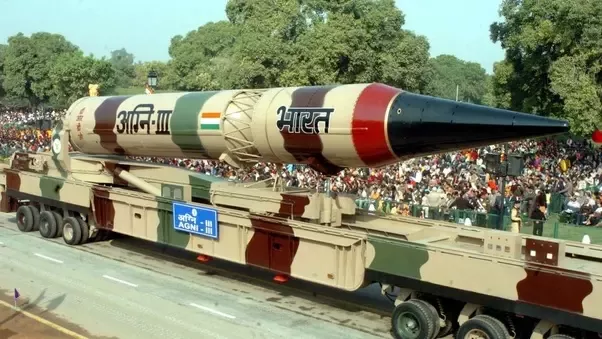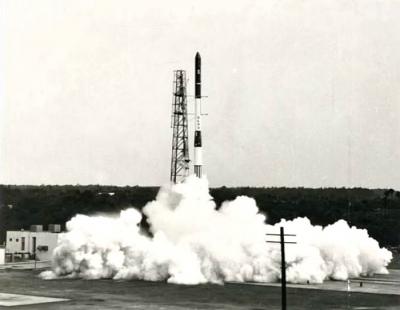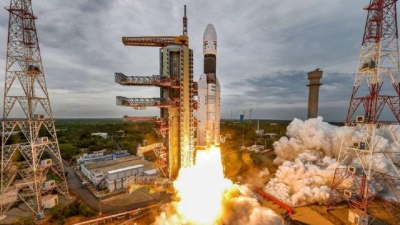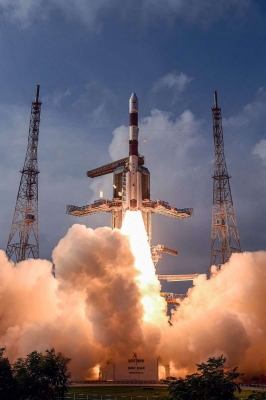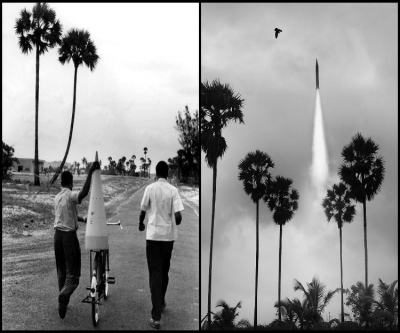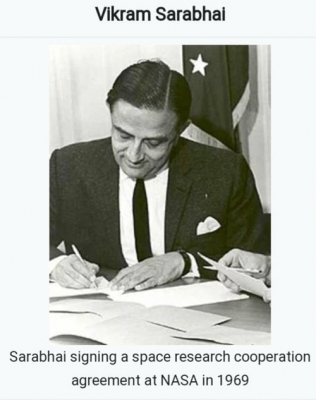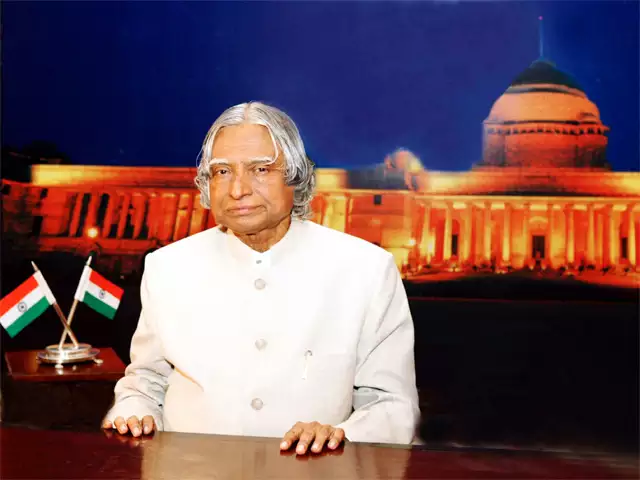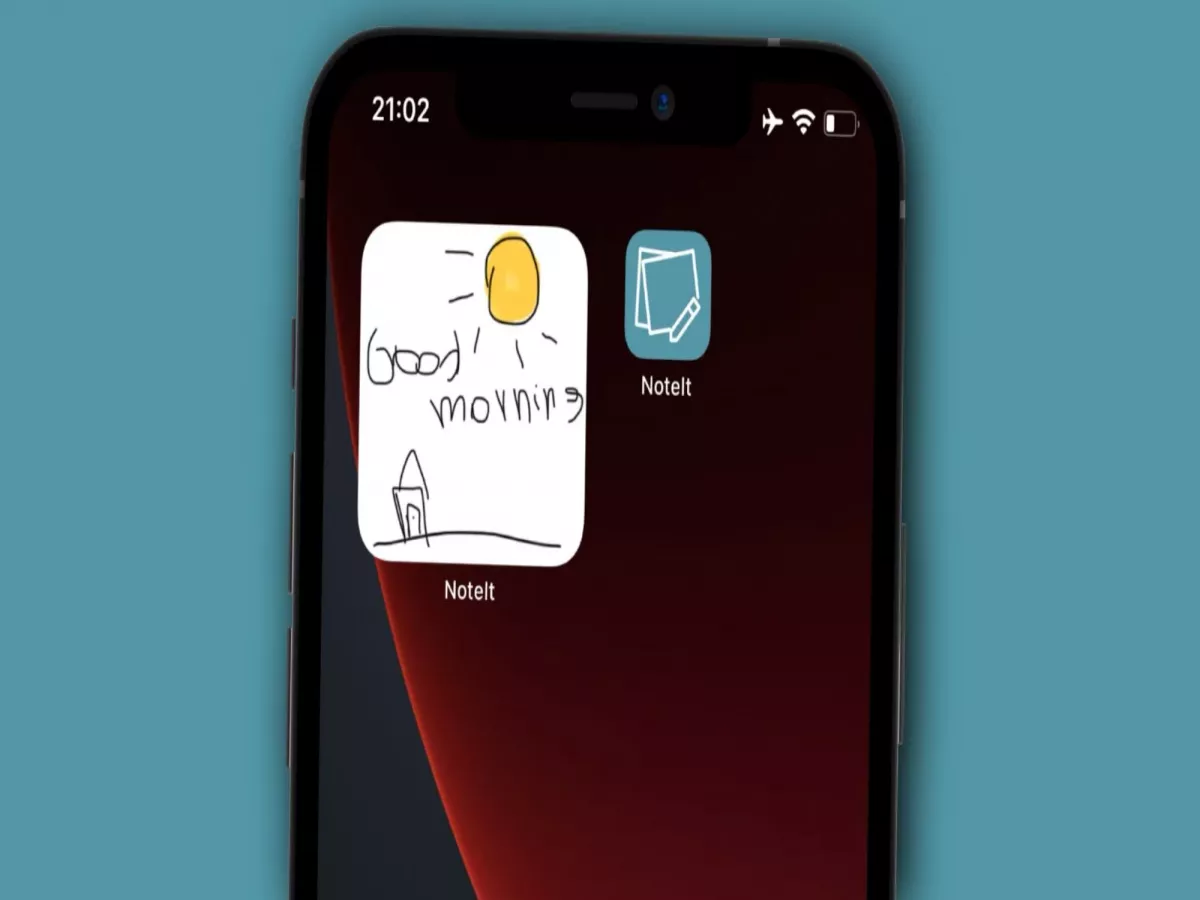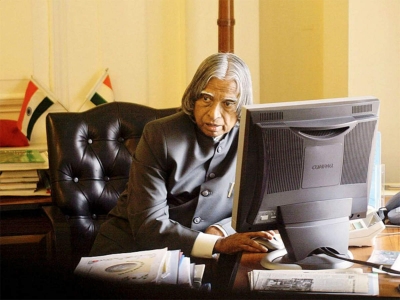What was called the Integrated Guided Missile Development Programme?
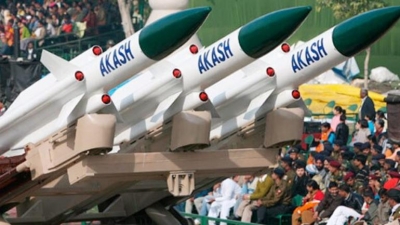
The Integrated Guided Missile Development Programme (IGMDP) was a programme that aimed at the research and development of a comprehensive range of missiles. In 1982-83, Dr. Kalam took up responsibility as the head of the Integrated Guided Missile Development Programme (IGMDP) with the aim of developing indigenous Guided Missiles. During his tenure, he developed five different missiles namely, Trishul, Akash, Nag, Prithvi, and Agni. Of these, Dr. Kalam was responsible for the development and operationalisation of the missiles Agni and Prithvi.
By early 1980s, relying on Soviet rocketry technologies, the DRDL, a missile development laboratory of DRDO, had developed competence and expertise in the fields of propulsion navigation and manufacture of aerospace materials. India’s political leadership which included Prime Minister Indira Gandhi, Defence Minister R.Venkataraman, and V.S. Arunachalam (Scientific Advisor to the Defence Minister) decided to consolidate all of these technologies. This led to the development of the Integrated Guided Missile Development Programme.
The scientists proposed the missiles to be developed consecutively but the then-Defence minister, R. Venkataraman, intervened to develop them simultaneously.
To make the programme successful, three new laboratories were established. The interim Test Range at Balasore in Odisha was also developed as part of this program. The leadership of this project earned Dr. Kalam the title, “India’s missile-man.”
Picture Credit : Google
